Is collecting a pandemic passion now?
Passions speak louder than words. And passions made material are collections. There are all kinds of collectors and collections — from the fabulous to the freaky. There are those who fancy art, vintage cars, silver, watches, jewelry, and even fashion items like bags and shoes.
Collections say a lot about a person and his/her appetite for things. Different collectors for different things even have distinct names. A collector of antiques is an antiquarian. A stamp collector is a philatelist. A bibliophilist collects books. A teddy bear collector (yep, there are adults who do this) is an arctophile. And so on and so forth.
Today, I zero in on three collectors and their awesome assemblage of objects. I find their “behind the collection” stories fascinating. Their enthusiasm is infectious — something I would gladly catch. Their passion is definitely felt, even palpable.
Pepper Teehankee
Obsessed with food, travel, art

Pepper Teehankee describes himself as a pack rat who collects many things, from stamps and coins to anything Russian. However, due to these unprecedented times, he is trying to build his face mask art collection by different artists. Talk about relevance!
Current collection: Face mask art

Beginnings: Pepper narrates how he got into his collection: "It started when award-winning Chinese contemporary artist and activist Ai Weiwei decided to sell 10,000 limited-edition masks in collaboration with eBay for various coronavirus charities. He came up with the idea because he printed one of his wood carvings onto a face mask and posted it on his Instagram account. Someone asked if it was for sale so he decided to make more designs for a limited run.
"All these limited-edition face masks (including his defiant and iconic middle finger and his sunflower seeds based on his installation of eight million individually carved ceramic sunflower seeds at the Tate Modern in the UK) were hand-stamped in his studio in Germany and were limited to a 10,000-piece run worldwide.
"Since it was the start of the pandemic, the news of the sale of the masks didn’t reach too many people and the print run did not even reach the intended 10,000 pieces, which now make the masks more sought after. I got a couple of pieces and framed them. They looked nice and I thought of starting a collection of hand-drawn or printed limited-edition face masks.”
Upon finding out about this collection, many artist friends of Pepper have generously drawn something on masks to add to it. Some of them even print limited editions with numbered masks that are available through various galleries.
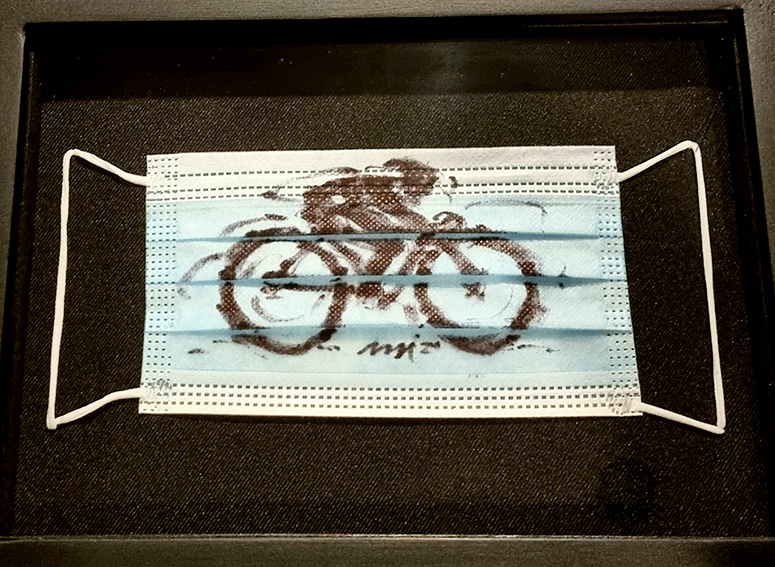
Prized Possessions: When asked what are his most prized masks, Pepper says, “In the collection, I honestly can’t choose my favorite. I like them all, especially some artists who have gone out of their way to send me masks and help my collection grow. So I think I like them all!”
Nina Daza Puyat
The love of food is in her lineage
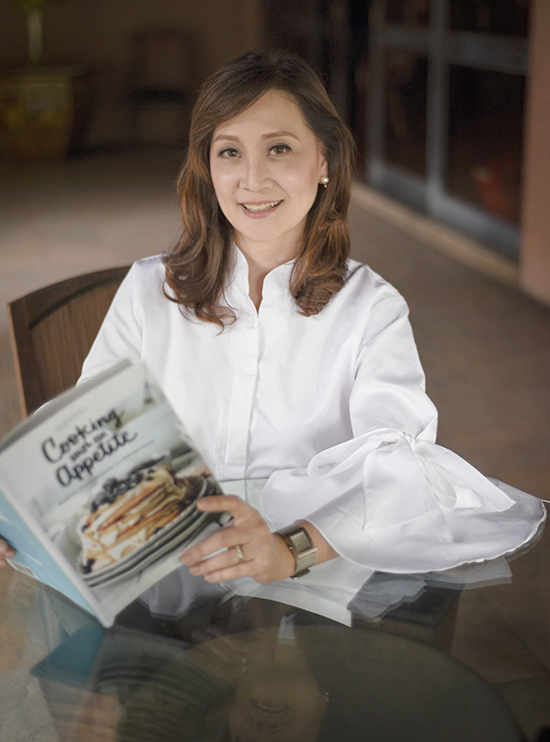
Nina Daza Puyat hails from the most popular Pinoy foodie family. Her mom is the iconic Nora Daza, and her brother Sandy has a food show and is a chef/ restaurateur. It is not surprising that Nina, cookbook author, and self-proclaimed home cook, has a collection that is close to her heart.
Current Collection: Peppermills
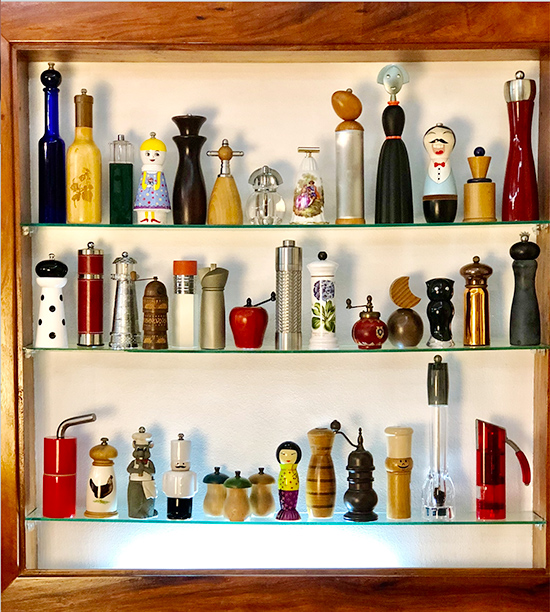
Beginnings: This is how it all started, according to Nina: “I saw a magazine or newspaper article on Margarita Forés in the late ‘90s featuring her collection of wooden peppermills and it appealed to me immediately. When I went to the US that summer of 1998, I found cute, quirky ones and decided to start my own collection.
"What was so attractive about pepper grinders? Well, it’s an important kitchen tool to have when cooking because there’s nothing like freshly ground peppercorns when seasoning a dish.”
When Nina went to Italy and France the following year, she found more beautiful and interesting peppermills in different shapes, materials and designs. She then got hooked! Over the years, she started looking for vintage peppermills in flea markets abroad. She even found a Limoges one for $10 at a garage sale in Vancouver. Lately, she’s been scouring eBay for peppermill finds.

Prized Possessions: Nina has three favorites and they are all uniquely different from each other. “I really love my Peugeot peppermill with a braided steel body. Peugeot is known for cars, but they’re equally famous for peppermills because of the patented grinding mechanism. The first peppermill was invented by Peugeot in 1842 and the hourglass design is still popular today.
“Another one is a Portmeirion bone china peppermill with a botanical print of blue primrose and butterflies. I saw it in a small shop in London and fell in love with it immediately. It has a German mechanism from Zassenhaus, an old brand that is renowned for coffee grinders and spice mills.
“I also find myself admiring this Olde Thomson peppermill in cherry wood shaped like a bottle of Bordeaux with a corkscrew design ‘hat.’ It’s not even rare or expensive, but I like its intricate laser engraving that looks like a wine label.”
Billy Valtos
Mapping out history
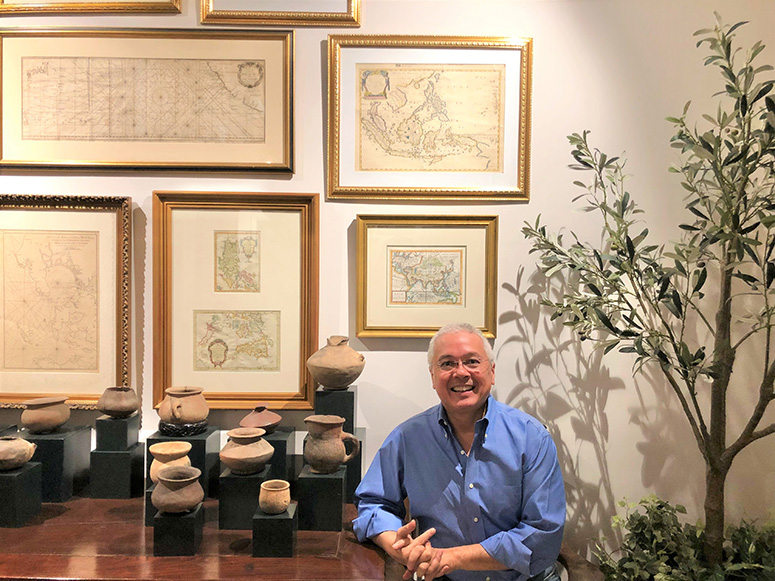
"I have always been a history buff,” says Billy Valtos. He adds that his collection is a learning experience for everyone, as it provides a rich historical context of a certain time. Billy is currently the managing director of Tao Corporation which focuses on building purpose-driven companies that make a real and lasting impact on the lives of Filipinos. He joined the company after retiring from a 30-plus-year career in investment banking and venture capital.
Current Collection: Antique Filipiñana maps, Antiquarian Filipiñana and Western books
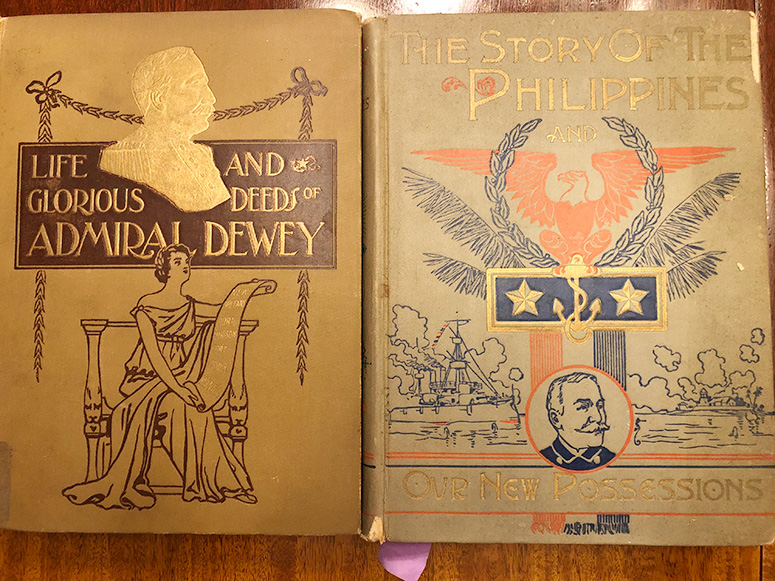
Beginnings: Having always been interested in history, Billy tells us his own story. “When I started earning a good wage in the early 1990s, I started buying antique maps in the old bookstores and map shops in London and Boston, and at the Bouquinistes in Paris along the Seine. I was attracted by the artistry and imperfections before modern cartographic technology.
"Imagine the cartographer would be drawing the best he could, with only a sextant and telescope off the side of the boat, while sailing the coast of a new land. Plus, the cartographers would add certain sightings or landmarks based on learnings from the locals. I do not own any maps published later than 1800. I always want the map to tell a story, be unique in the historical context.
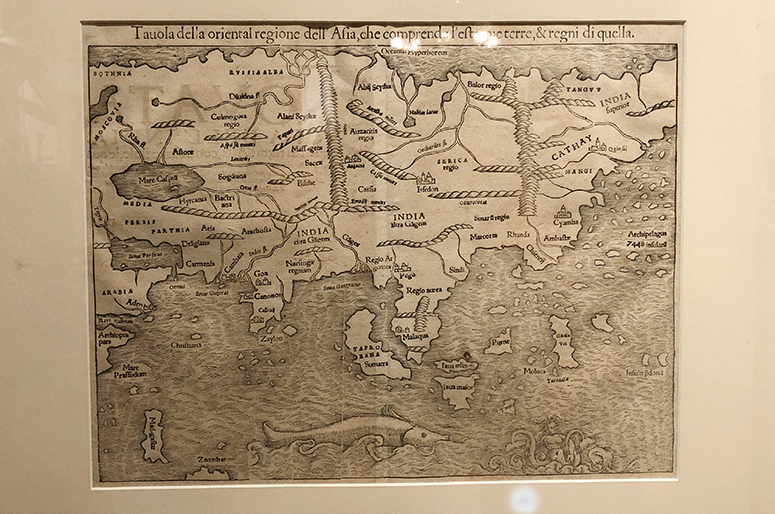
“Once I was satisfied with the maps and books I acquired, I evolved to antique Filipiñana prints and lifestyle engravings. My collection of antique prints and engravings (pre-1850) has expanded to my favorite European capitals — Florence, Rome, Paris, Madrid, etc.”
In the early 2000s, Billy noticed that “good finds” were tougher to come by in the antiquarian book and map shops in Europe and the US. He thinks that his usual haunts were discovered by other collectors.
However, he says, “When one has the collector’s bug, it is fun to go hunting for acquisitions. Filipiñana materials were under the radar up to the early 2000s. At that point, I started to go to the more serious map houses in London and Paris. The serious map houses are pricey. Good thing I was satisfied with my collections.”
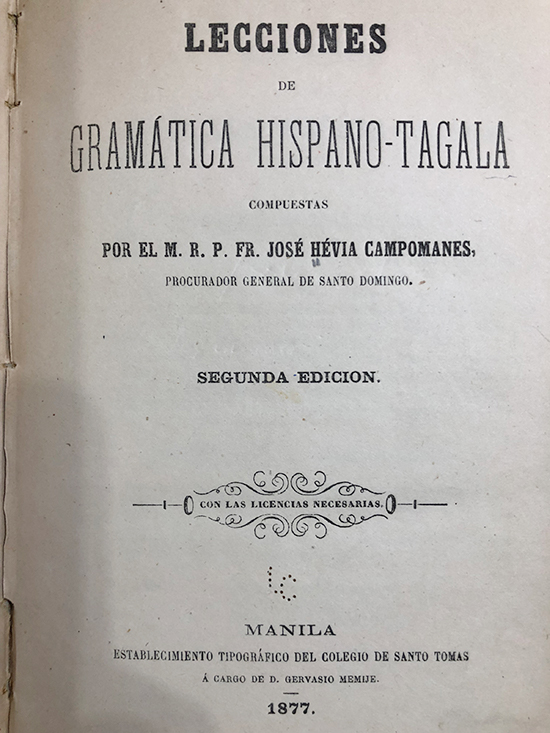
Prized Possessions: Billy’s favorite maps are quite interesting. These include the “Tabula Orientis Regionis” (1540) by Sebastian Munster, which is the first Western map where the Philippines appeared. It is based on Marco Polo’s travel in China, wherein he heard about an archipelago of 7,448 islands. The dots on the map are the Philippines before Magellan even landed.
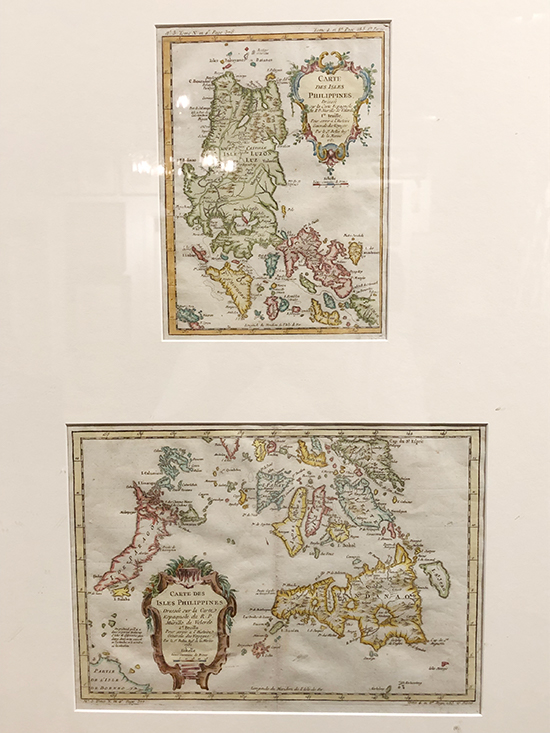
Another is the map of the “Plan of the Bay of the City of Manila” (1778) drawn by British cartographers after the British Occupation of the Philippines. It depicts Manila as having many waterways and islets. It also shows Taal Lake open to Balayan Bay in Batangas, before the Taal Volcano eruption of 1754.
The last is the “Carte des Isles Philippines” (1752). This is a two-piece map from the old atlases. By sheer luck, Billy found the Luzon part in Paris, and the Visayas and Mindanao part in London.


